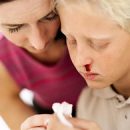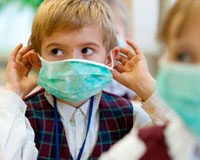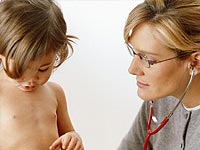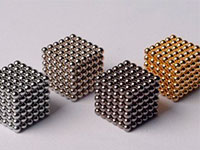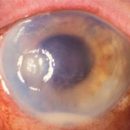More recently, mortality during the scarlet epidemics reached 30-40%. Today, Scarlatina in children meets not so often, but it is necessary to know the causes and signs of scarletin.
Content
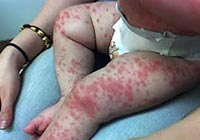
Scarlet Fever — «Purple fever», So at the end of the XVII century
Called the disease more famous like Scarlatina. In the past century Scarlatina
worn thousands of lives during epidemics every third patient died from this
infection. It was compared with the plague, the funds from the attack did not exist and
It remained only to pray to salvation. Today the situation has changed,
The incidence decreased significantly, but the infection still exists. IN
Mostly, doctors register cases of scarletin in children, because the causes and signs of scarletin should know each
parent.
What is Scarlatina?
Scarlet fever — acute infectious disease caused
Beta-hemolytic streptococcus group A, which is detected during an angina,
chronic tonsillitis, streptodermia, face inflammation of the skin, is
The reason for the development of rheumatism and acute glomerulonephritis.
Streptococci can populate the almonds and the skin of the child, but Scarlatina
develops only under favorable conditions when they begin to show
Septic properties, that is, penetrate the tissue surrounding almonds, fall
in blood and internal organs, causing secondary defeat and poisoning
organism. A certain role is played by an allergic factor that causes the appearance
Scarlatinous rash and the development of complications in the form of rheumatism or vasculitis.
Where Scarlatina is taken from — Ethiology of the disease
The source of infection is a sick person. Infection
It occurs with airborne droplets while communicating with patients highlighting
Microbes together with droplets of saliva when coughing, sneezing and conversation. Especially
dangerous contacts with an infected person in the first days of the disease and on
next 3 weeks. In addition, streptococcus infection is possible
through dirty hands, household items, dishes, toys or underwear.
«Put» The causative agent of scarletin is from healthy
A person who is a carrier of infection. Up to 20% of adults are
carriers of beta hemolytic streptococcus and at the same time do not have signs of scarlet.
Susceptibility of children and adults to toxic strains
beta hemolytic streptococcus high. Immunity after transferred
Diseases are type-specific, that is, if as a child, a man suffered
Scarlatin caused by streptococcus emitting erythrogenic toxins of type A, then
nothing will hurt to get scarletina again, provided that the new
The pathogen refers to another Serovar.
Pathogenesis of Scarlatina
Scarlatina manifests itself with general intoxication, angina,
finely sprinkle on the body. Where these symptoms of scarlet? Incubation period
Diseases ranges from 1 to 10 days. So much time is necessary to
Streptococcok began to show toxic properties, launched in the child's body
Pathological processes inherent in such disease like Scarlatina. The incubation period is completed by the development of the inflammatory process in the place of penetration
beta hemolytic streptococcus — Scarlatinous distress develops.
In the course of life, the causative agent of scarletins highlights
Toxins affecting small blood vessels in skin cover and internal
organs, causing the appearance of scarlatine ras. Expansion and raising
permeability of small blood vessels of the skin is accompanied by swelling of others
fabrics and power impairment, which leads to the death of epidermis cells,
Element and subsequent peeling.
In response to the introduction of streptococci in the body of the child start
to form antibodies that are fixed on the membranes of internal organs and
participate in the development of autoimmune reactions, the basics for diseases such as
Glomerulonephritis, Rheumatism, Endocarditis, Arteritis.
The causative agent of Scarlatin gets from the tonsils to the regional
Lymph nodes accumulates in them and causes inflammation of lymphoid tissue.
Breaking through this barrier and rushing into the blood, streptococci spread
The body is striking various organs and fabrics, causing secondary foci of infection,
For example, purulent otitis, meningitis, lymphadenitis.
Stop Scarlatin
can only the treatment started. When developing a child, angina,
The appearance of a rash on the body must appeal to the pediatrician for further
Diagnosis of the disease.


